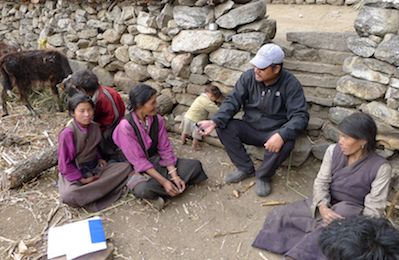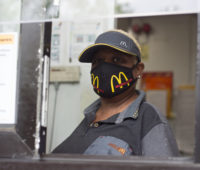While many analyses have focused on the human-level health and economic impacts on essential workers themselves, Andrew Lakoff examines how the emergence of structural policies to “secure the supply chain” in times of disaster and public health crises created new categories of workers, and therefore of risk. In spite of the sense of urgency that emerged in the 2000s around the need to prepare for a global pandemic, the resulting guidance put forward in response to Covid-19 allowed for the social classification of essential workers to be subject to significant industry lobbying, with little regard to health and safety protections for those workers.













